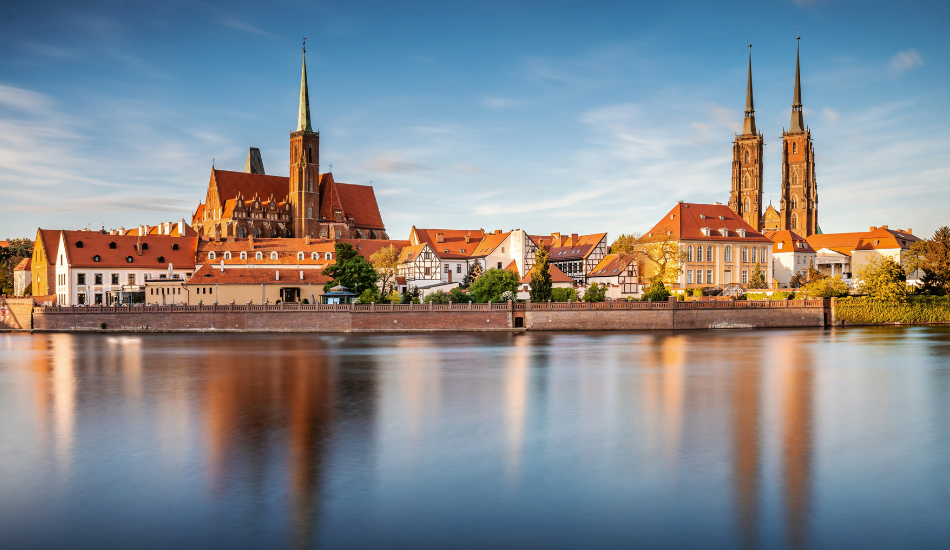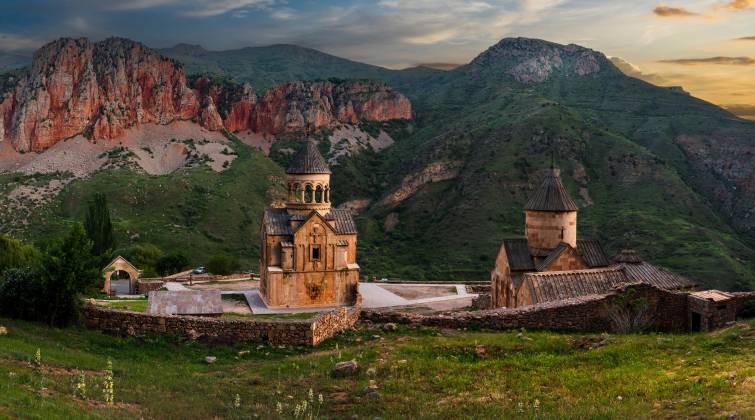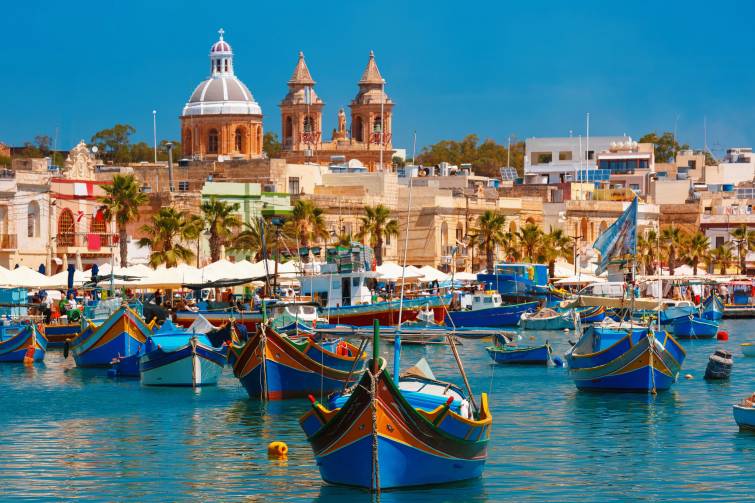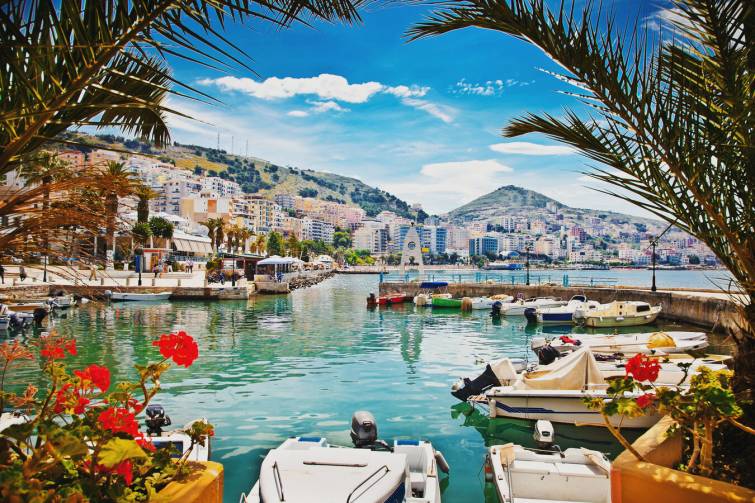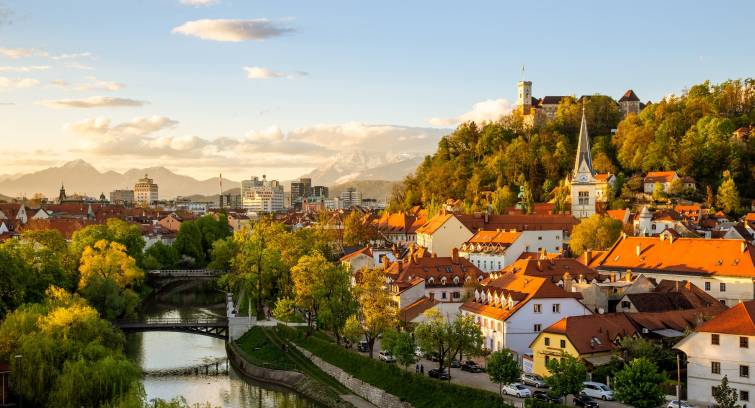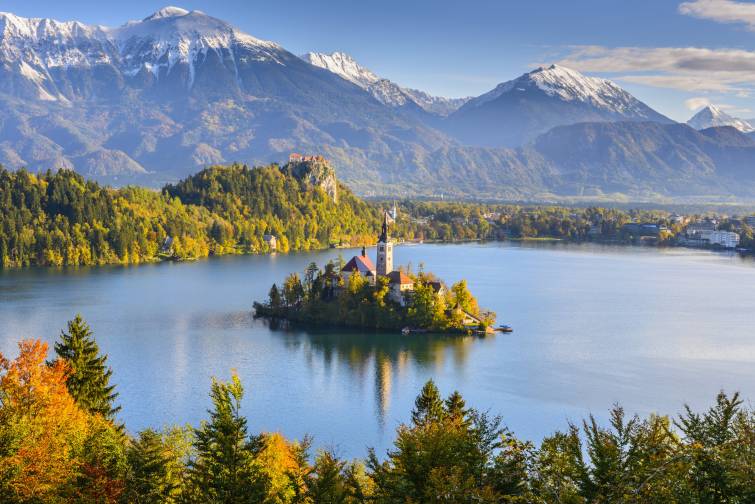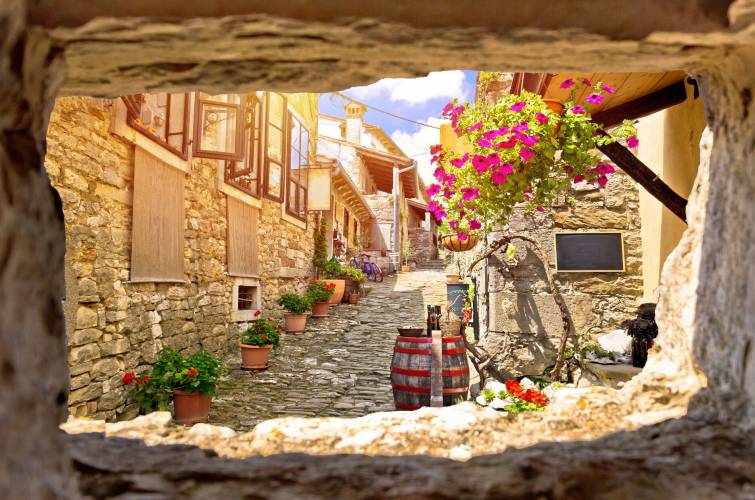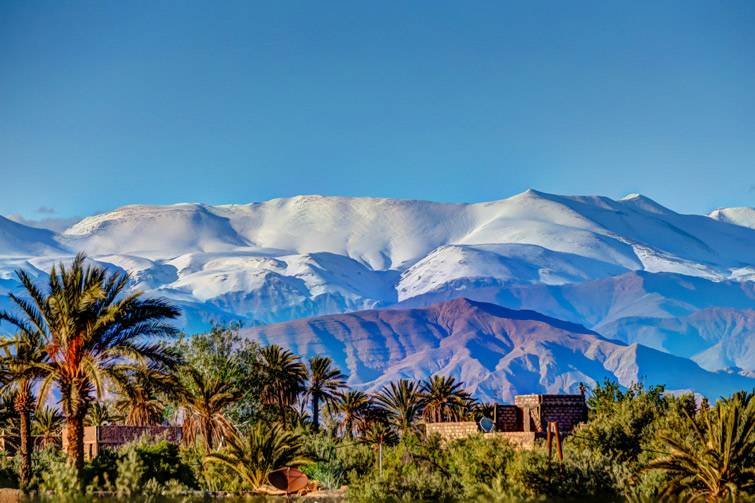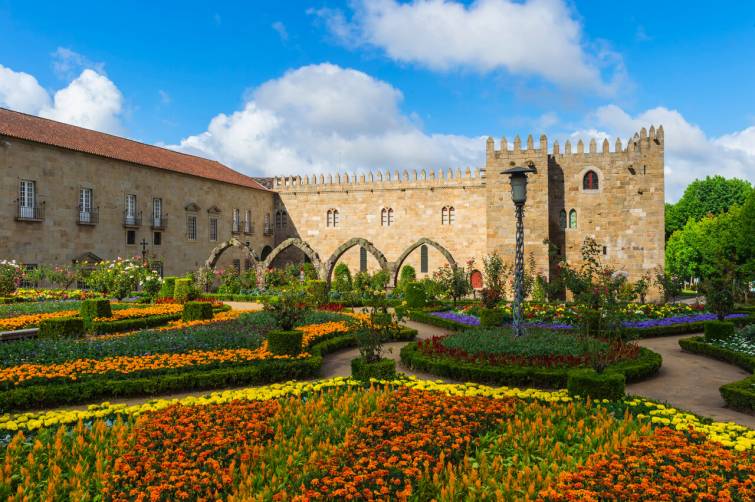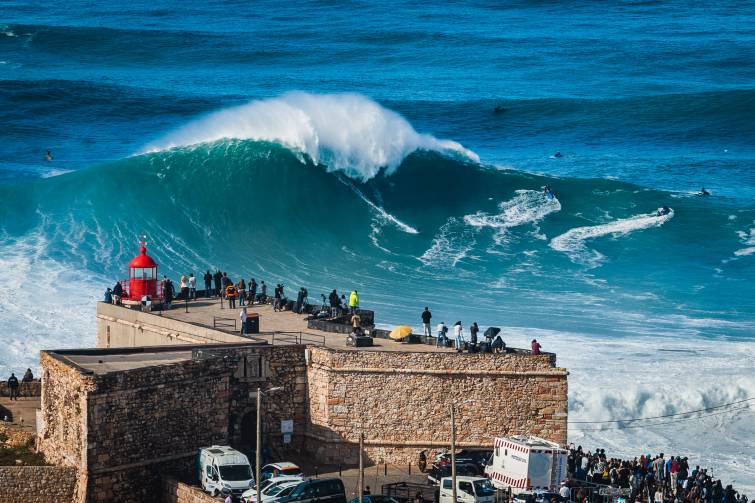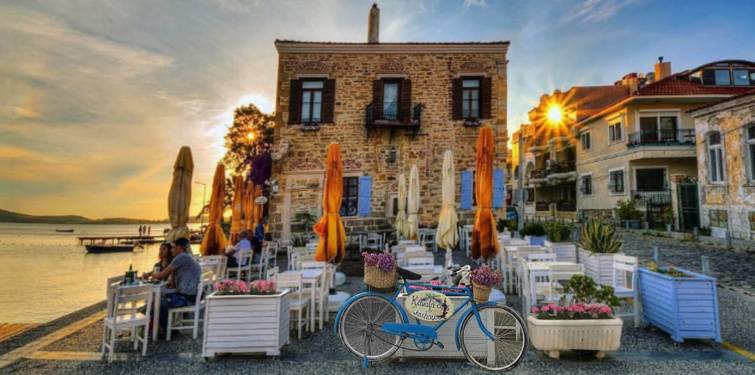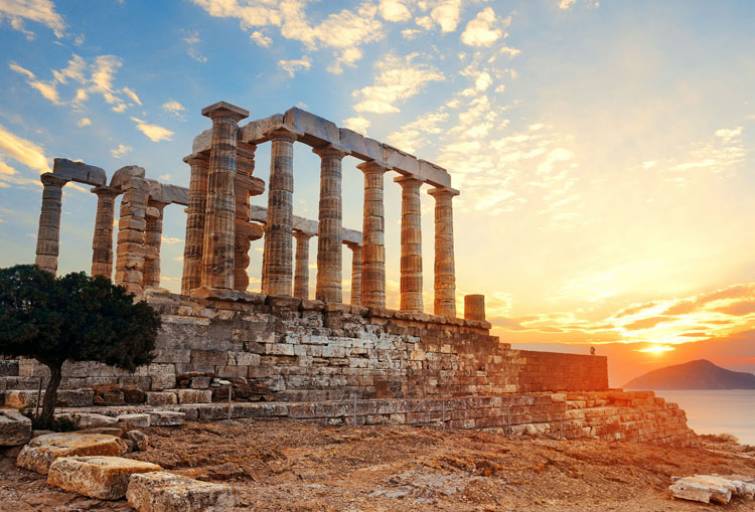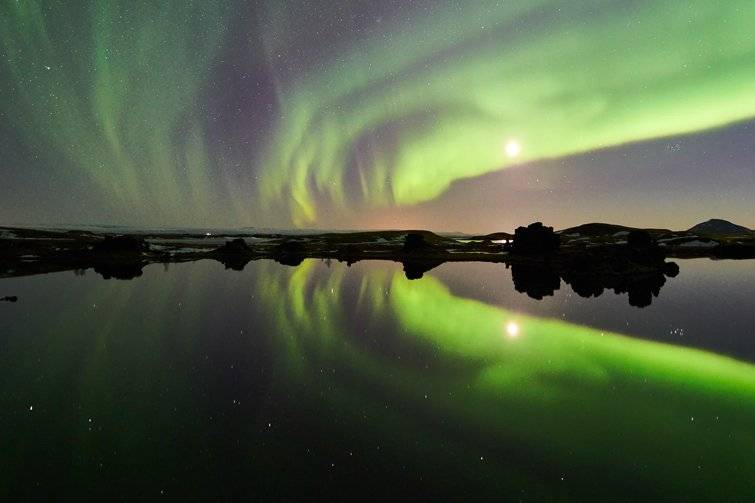CARWIZ Rent a car Wroclaw City Center/Train station
Wrocław Główny railway station is the primary train hub in Wrocław, Poland, situated at Marszałka Józefa Piłsudskiego 105, just a 15–20 minute walk from the historic Market Square. Established in 1857, the station showcases Tudor Gothic architecture designed by Wilhelm Grapow and underwent significant renovations completed in 2012, enhancing both its historic charm and modern functionality.
As Poland's busiest railway station, Wrocław Główny serves approximately 58,000 passengers daily, offering connections through operators like PKP Intercity, Polregio, and Koleje Dolnośląskie. The station features six platforms and eleven tracks, accommodating a wide range of domestic and international routes.
Travelers have access to various amenities, including ticket offices, luggage lockers, ATMs, a pharmacy, dining options, shops, and a chapel. The station is well-integrated with the city's public transportation, with nearby tram and bus stops providing easy access to different parts of Wrocław.
Adjacent to the station is the Wroclavia shopping center, offering a variety of retail stores, restaurants, and entertainment facilities, further enhancing the convenience for travelers
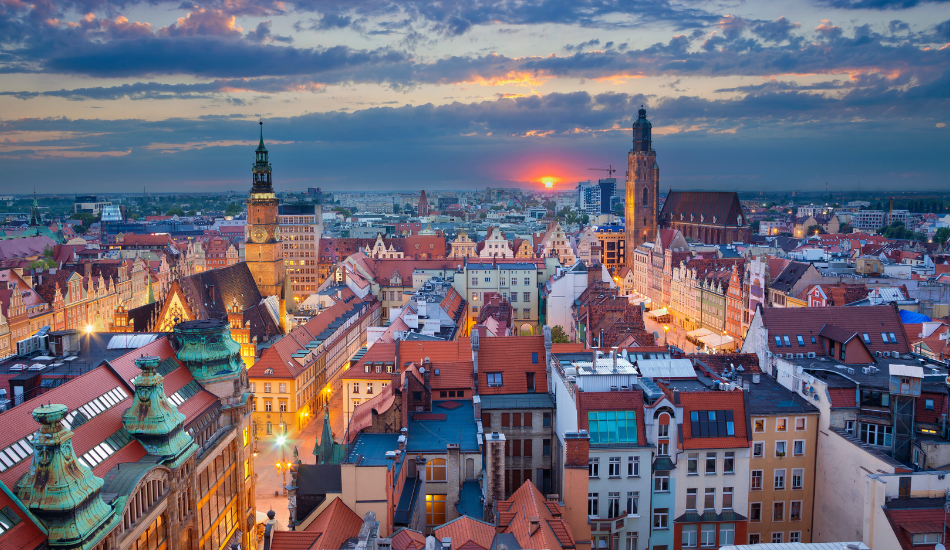
What to do in Wroclaw?
Wrocław is one of Poland’s most charming and culturally rich cities, spread across 12 islands connected by more than 100 bridges. Often called the “Venice of Poland,” this Lower Silesian gem offers a colorful mix of Gothic, Baroque, and modern architecture set along the scenic Oder River.
The city’s heart is the Rynek (Market Square), one of the largest and most beautiful in Europe. Its pastel-colored townhouses and the elaborate Gothic Town Hall make for a lively hub of activity, with street performers, cafés, and festivals. Wrocław’s famed gnomes—hundreds of tiny bronze statues scattered around the city—add a playful and whimsical element to any walking tour.
Wrocław is a city steeped in academic and artistic life. The University of Wrocław, with its majestic Aula Leopoldina, has educated scholars since the 18th century. Nearby, Ostrów Tumski, the city’s oldest district, offers quiet cobbled streets, gaslit lamps, and centuries-old churches including the majestic Cathedral of St. John the Baptist.
Modernity thrives as well, especially in the form of the Centennial Hall, a UNESCO World Heritage Site, and the vibrant Four Denominations District, where churches, synagogues, and cafés sit side by side in a spirit of multiculturalism and openness.
Wrocław also boasts a lively cultural calendar, including the Wratislavia Cantans festival, jazz concerts, and avant-garde theater. The food scene is varied and high quality—classic Silesian dumplings, craft breweries, and vegan street food all coexist in this energetic city.
Wrocław’s beauty lies not just in its monuments but in its atmosphere: warm, proud, and full of creative spirit. It’s a city that embraces its complex past while confidently striding into the future.
